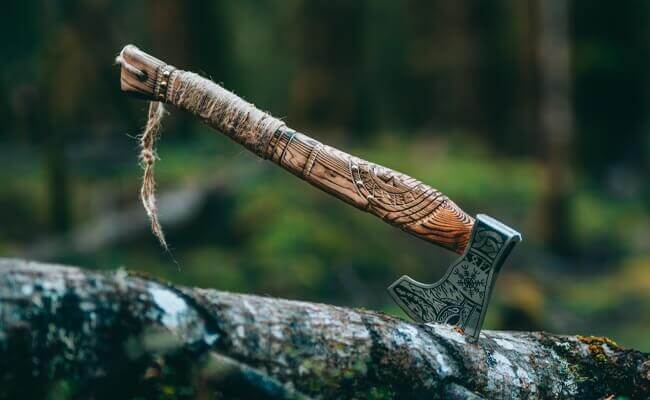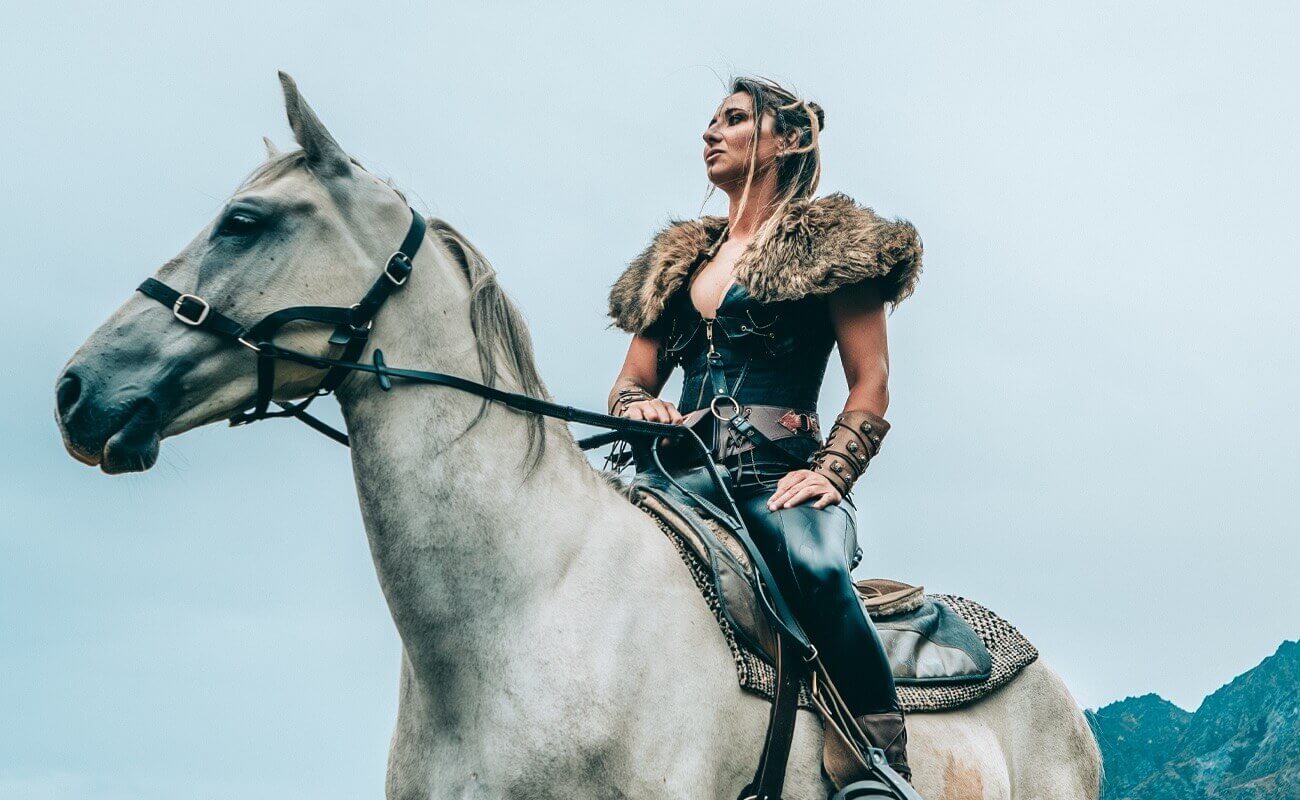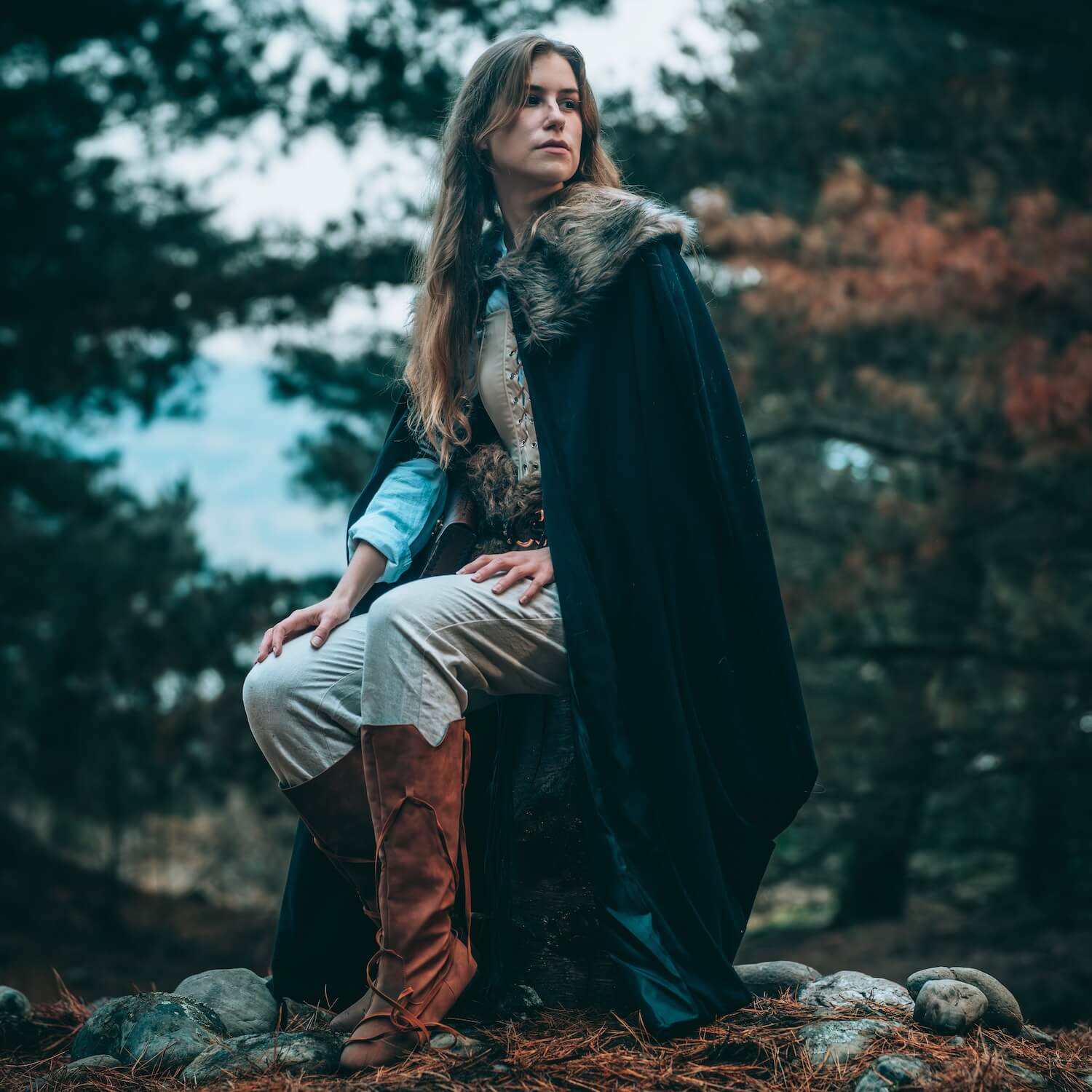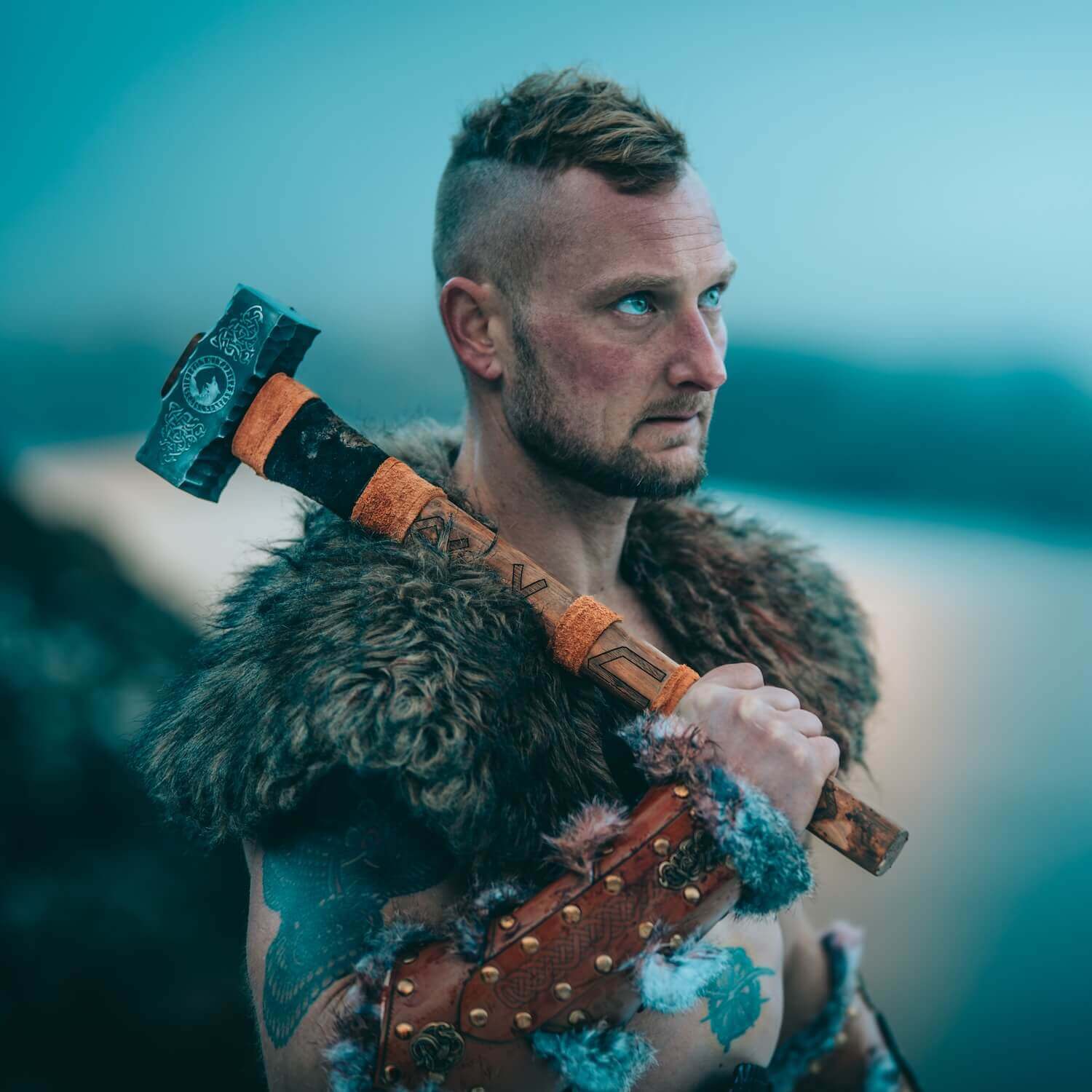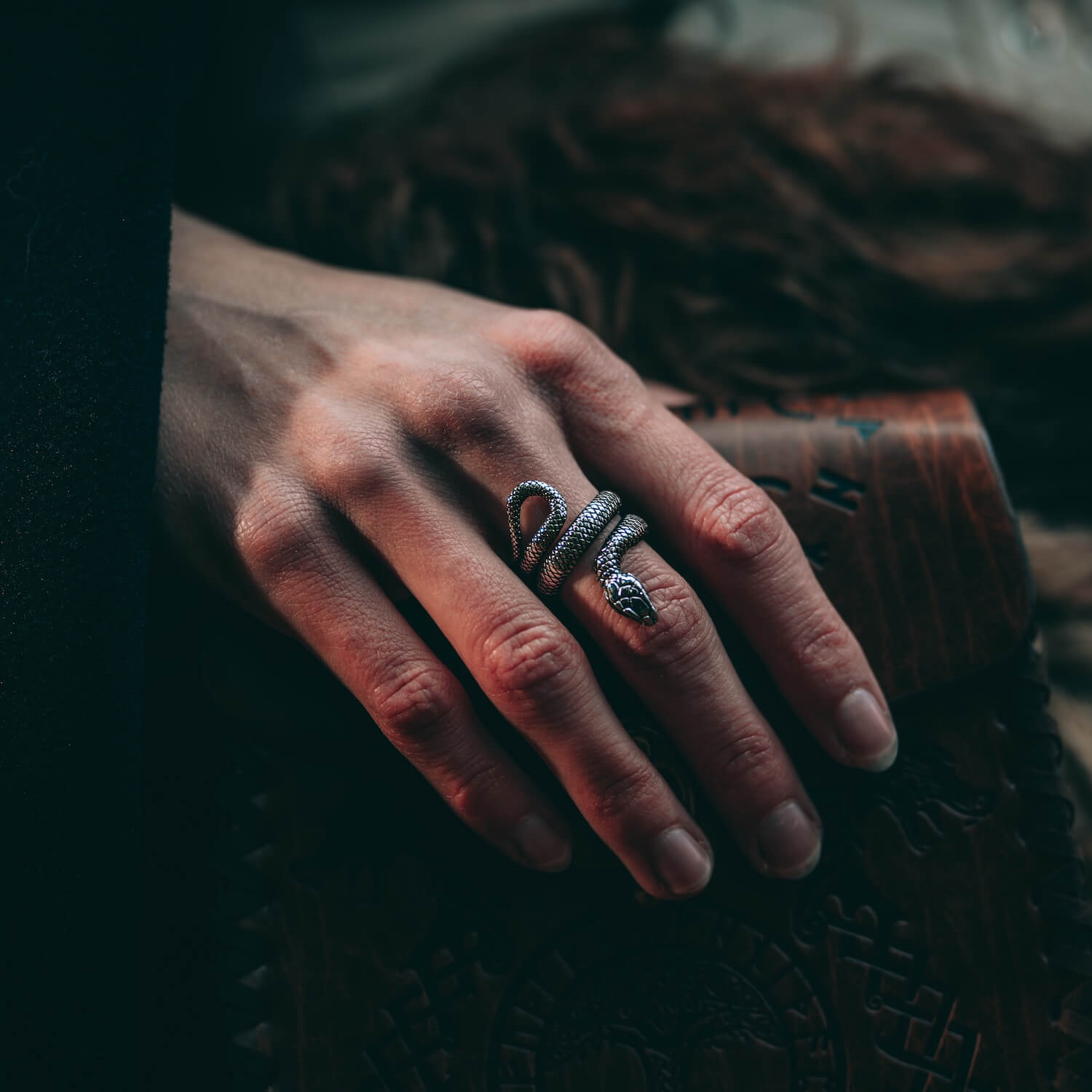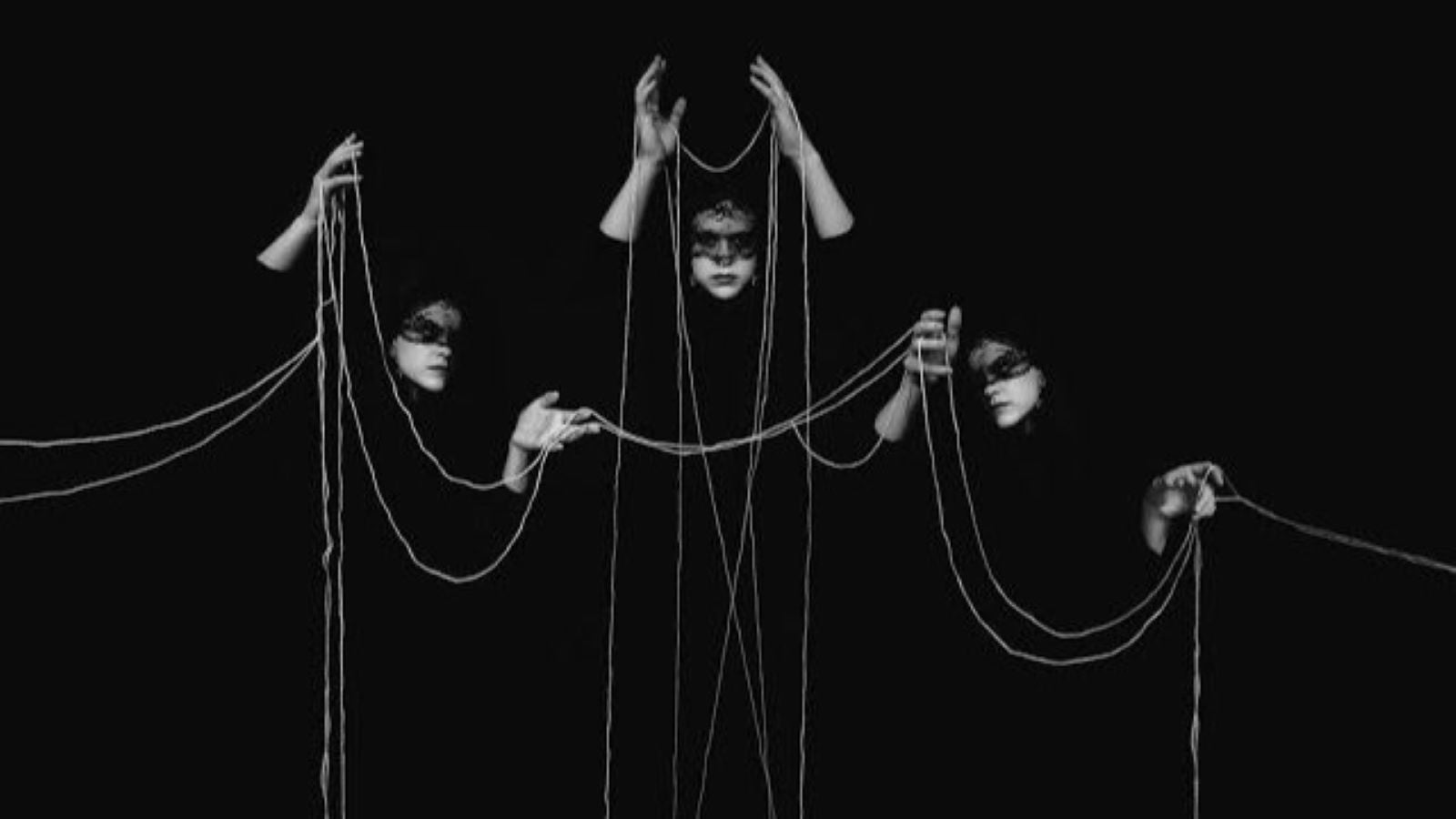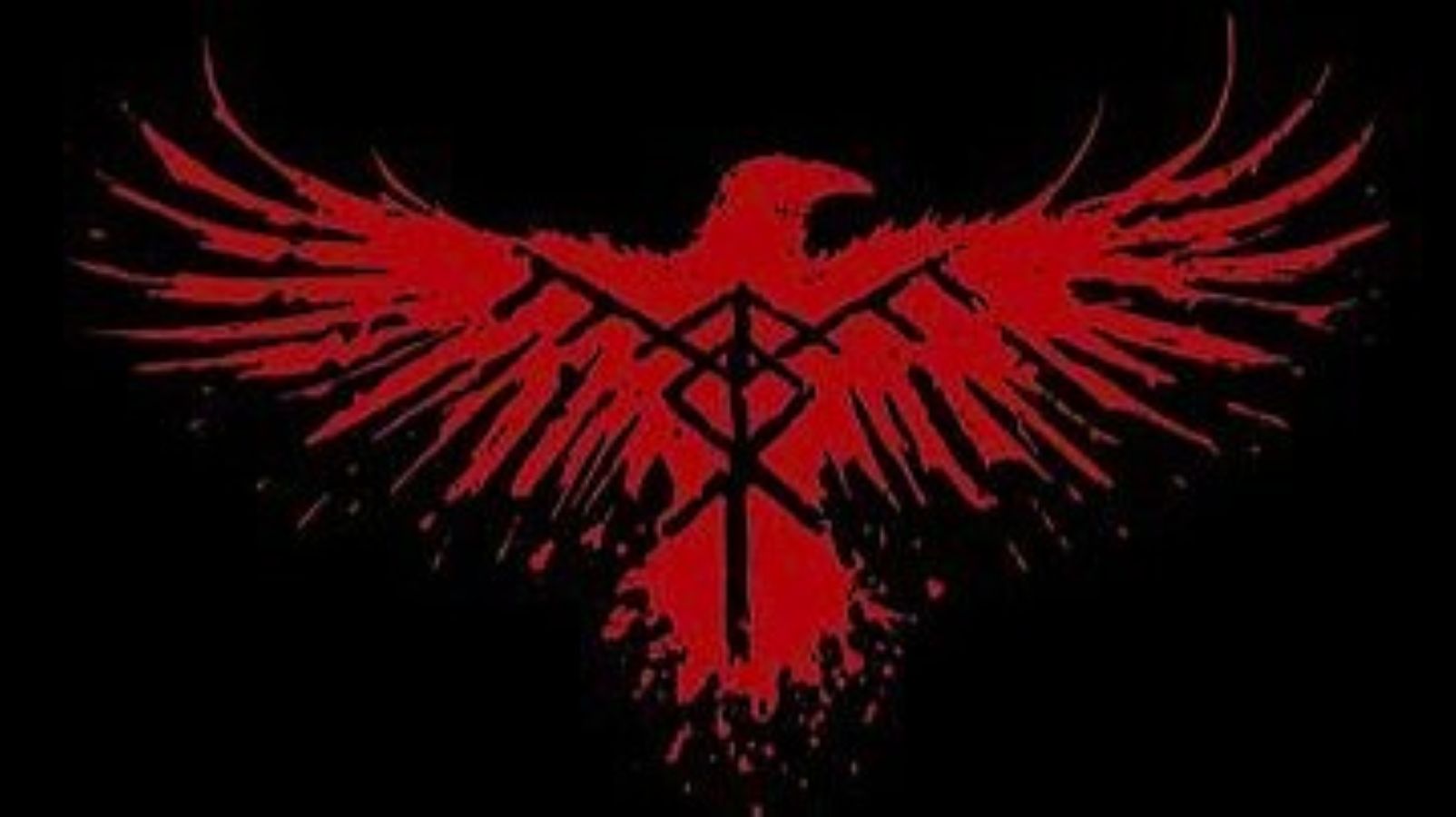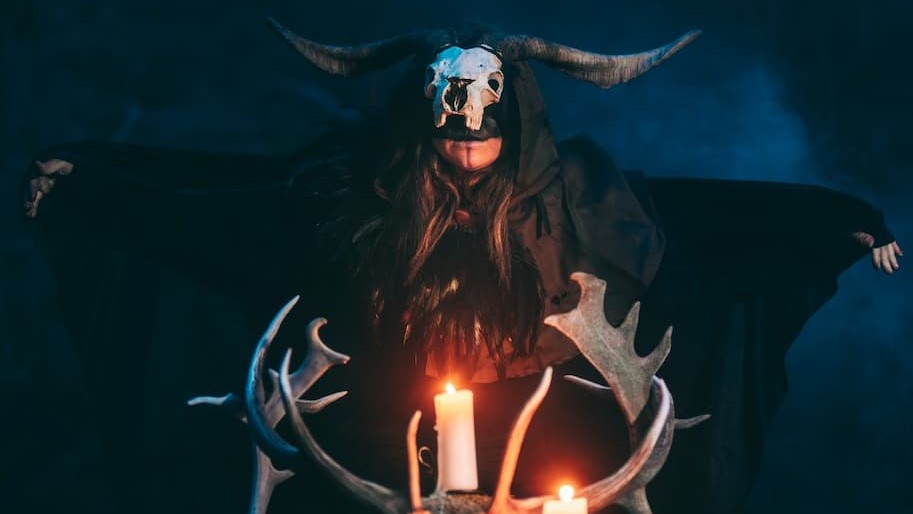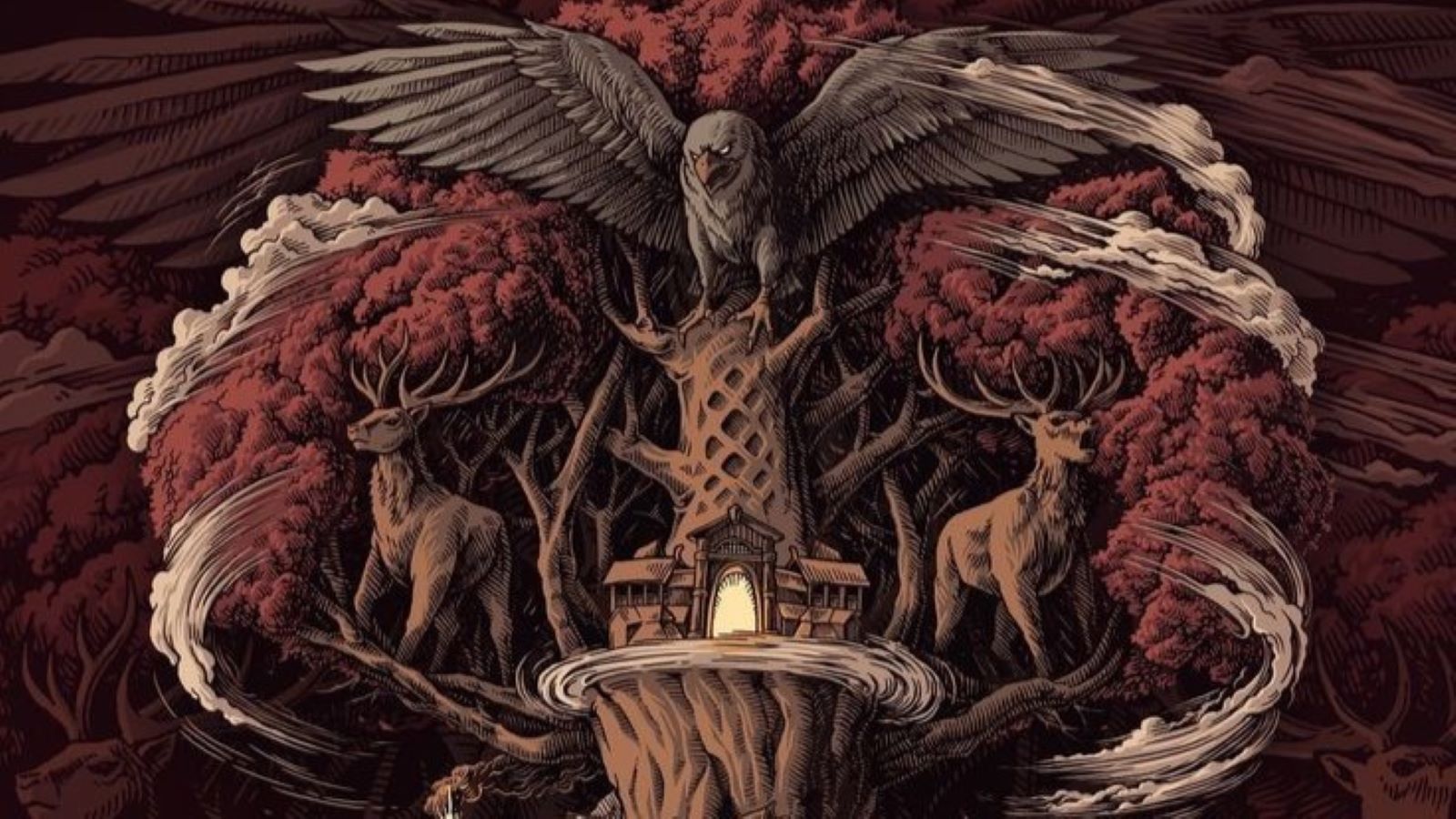
Who Lives in Yggdrasil and What's Its Fate in the Time of Ragnarök?
In the heart of Norse mythology stands a towering ash tree, its roots delving deep into the earth and its branches reaching toward the heavens—a symbol of the interconnectedness of all things and the cycle of life and death. Besides being the link between all the nine worlds, Yggdrasill itself was home to many creatures that dwell within its vast expanse.
Yggdrasil serves as the cosmic axis around which the Nine Realms of Norse mythology revolve. From the celestial realm of Asgard, home of the gods, to the dark depths of Helheim, realm of the dead, each realm is interconnected by the branches and roots of the World Tree. Yet, Yggdrasil is not merely a conduit between worlds, it is also a sanctuary for a myriad of beings, both divine and mundane.
Among the inhabitants of Yggdrasil are the guardians who watch over its sacred branches and roots. At its base lies the serpent Jörmungandr, locked in eternal conflict with the thunder god Thor. Perched in the upper branches are the wise eagle Hraesvelg and the mischievous squirrel Ratatoskr, who carry messages between the eagle and the serpent. And at the very top of the tree sits the mighty eagle Veðrfölnir, surveying the cosmos with keen eyes.
In the final days of Norse mythology, Yggdrasil plays a central role in the cataclysmic event known as Ragnarök, the Twilight of the Gods. As the forces of chaos and destruction gather for the final battle, Yggdrasil trembles with the weight of impending doom. Its branches wither, its roots are shaken, and the inhabitants of the Nine Realms brace themselves for the coming apocalypse.
Yet, even in the face of destruction, Yggdrasil remains a symbol of resilience and rebirth. For as the old world crumbles, a new one rises from its ashes, and the cycle of life begins anew. From the depths of the void, a new generation of gods emerges, and the World Tree once again takes root, its branches stretching toward a brighter future.
Like the World Tree itself, we are part of a vast web of life, bound together by the threads of fate and destiny. And though Ragnarök may loom on the horizon, we take solace in the knowledge that from the ashes of destruction, new beginnings are born. Yggdrasil stands as a symbol of the enduring power of Norse culture, a reminder of the interconnectedness of all things and the eternal cycle of life, death, and rebirth.

